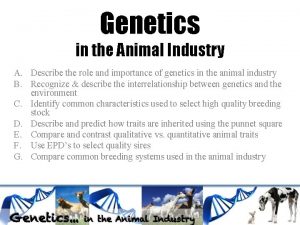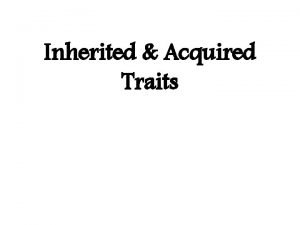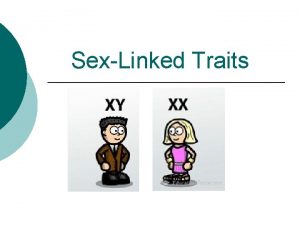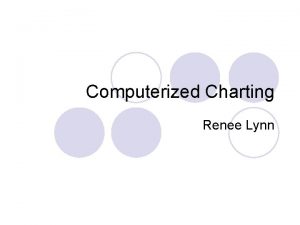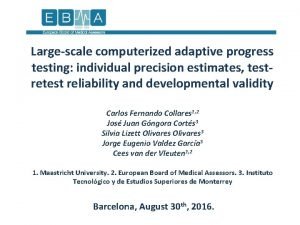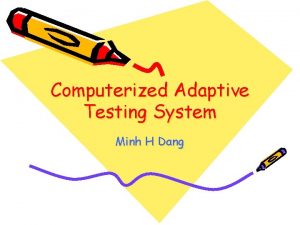In this microlecture Latent traits Computerized adaptive testing

















- Slides: 17

In this microlecture • Latent traits • Computerized adaptive testing • Items • Itembank • Item difficulty • Adaptive testing 1

Computerized Adaptive Testing (CAT)

Example A school advice after lower education Knowledge in various domains (latent traits)? Many and big differences between children Items mainly dichotomous, no guessing (correct/incorrect)

Measuring a latent trait low high Subtle differences Between individuals

An almost perfect item to distinguish between individuals 1 (almost) no observations here 0 (almost) no observations here low high

Using 1 almost perfect item to distinguish between individuals 1 IF item 1 is answered correctly, latent trait is most probably somewhere in THIS range. IF item 1 is answered incorrectly, latent trait is most probably somewhere in THIS range. 0 low Relative sizes of both groups depends on the difficulty of the item high

Using 1 almost perfect item to distinguish between individuals IF item 1 is answered correctly, latent trait is most probably somewhere in THIS range. 1 0 IF item 1 is answered incorrectly, latent trait is most probably somewhere in THIS range. low Overlap depends on the specificity of the item high

Using 2 almost perfect items to distinguish between individuals IF item 2 (and 1) is answered correctly, latent trait is most probably somewhere in THIS range. 1 0 IF item 1 is answered incorrectly, latent trait is most probably somewhere in THIS range. low high

Using 4 almost perfect items to distinguish between individuals 1 0 low high

The problem (1) Many items needed to distinguish between respondents For many latent traits Items need to have a known difficulty and a known specificity. Items are seldom ‘almost perfect’.

The problem (2) Item score 1 Many difficult questions answered incorrectly, (respondent stress, no additional information) Many simple questions answered correctly, (respondent bored, no additional information) 0 low high

Solution: create a large item bank 1 0 low high

Solution: use a large item bank Very discriminatory 1 If incorrect, select next item here 0 If correct, select next item here low high

Solution: use a large item bank Very discriminatory for this group 1 If correct, select item here 0 low If incorrect, select next item here high

Adaptive testing Computers can be used to do this: Computerized Adaptive Testing (CAT) Explanation was deterministic, CAT also allows for probabilistic testing, taking into account that people make mistakes, sometimes guess answers correctly.

In this micro lecture • Latent traits • Itembank • Item difficulty • Adaptive testing • Computerized adaptive testing

Computerized Adaptive Testing (CAT)
 Latent heat absorbed or released
Latent heat absorbed or released Qualitative traits vs quantitative traits
Qualitative traits vs quantitative traits Qualitative traits vs quantitative traits
Qualitative traits vs quantitative traits Qualitative traits vs quantitative traits
Qualitative traits vs quantitative traits What is domain
What is domain Rigorous testing in software testing
Rigorous testing in software testing Cs3250
Cs3250 Apa itu blackbox testing
Apa itu blackbox testing Control structure testing in software engineering
Control structure testing in software engineering Logic based testing
Logic based testing Testing blindness in software testing
Testing blindness in software testing Globalization testing example
Globalization testing example Behavior testing adalah
Behavior testing adalah Decision table testing in software testing
Decision table testing in software testing Data flow testing strategies in software testing
Data flow testing strategies in software testing Component testing is a black box testing
Component testing is a black box testing Neighborhood integration testing
Neighborhood integration testing Decision table testing is white box
Decision table testing is white box



